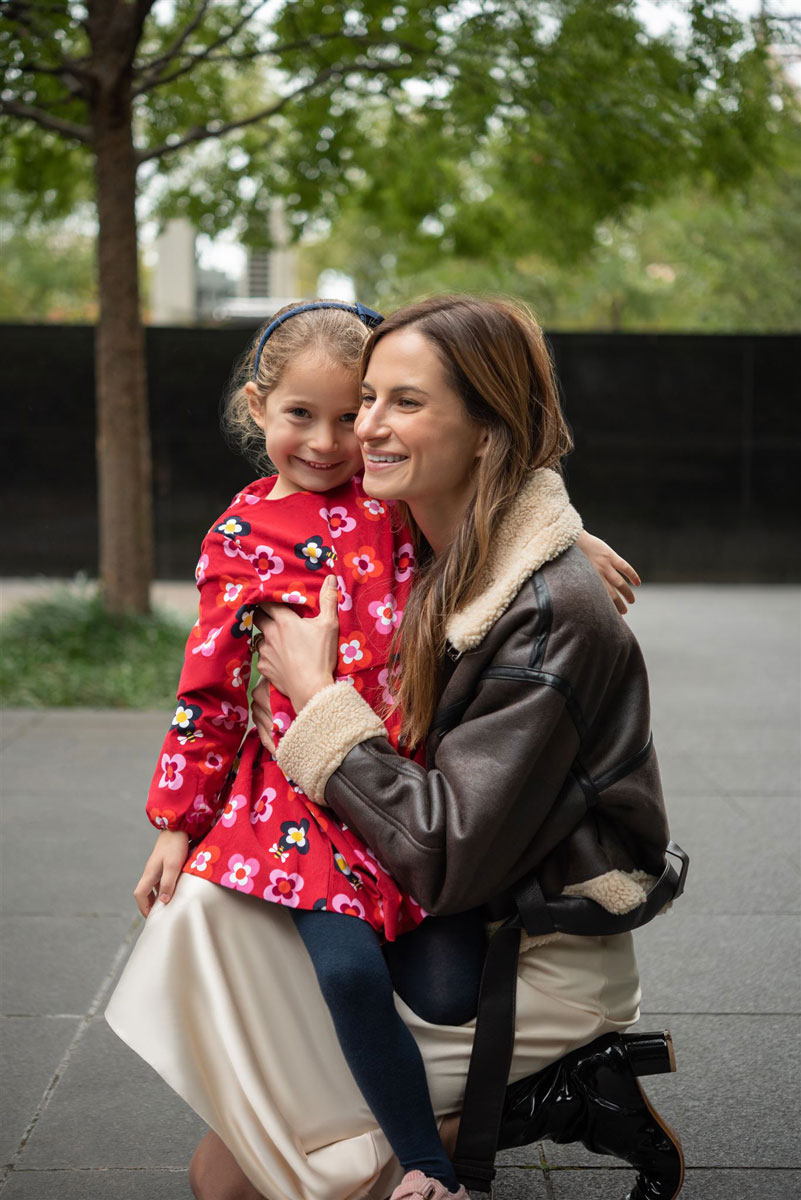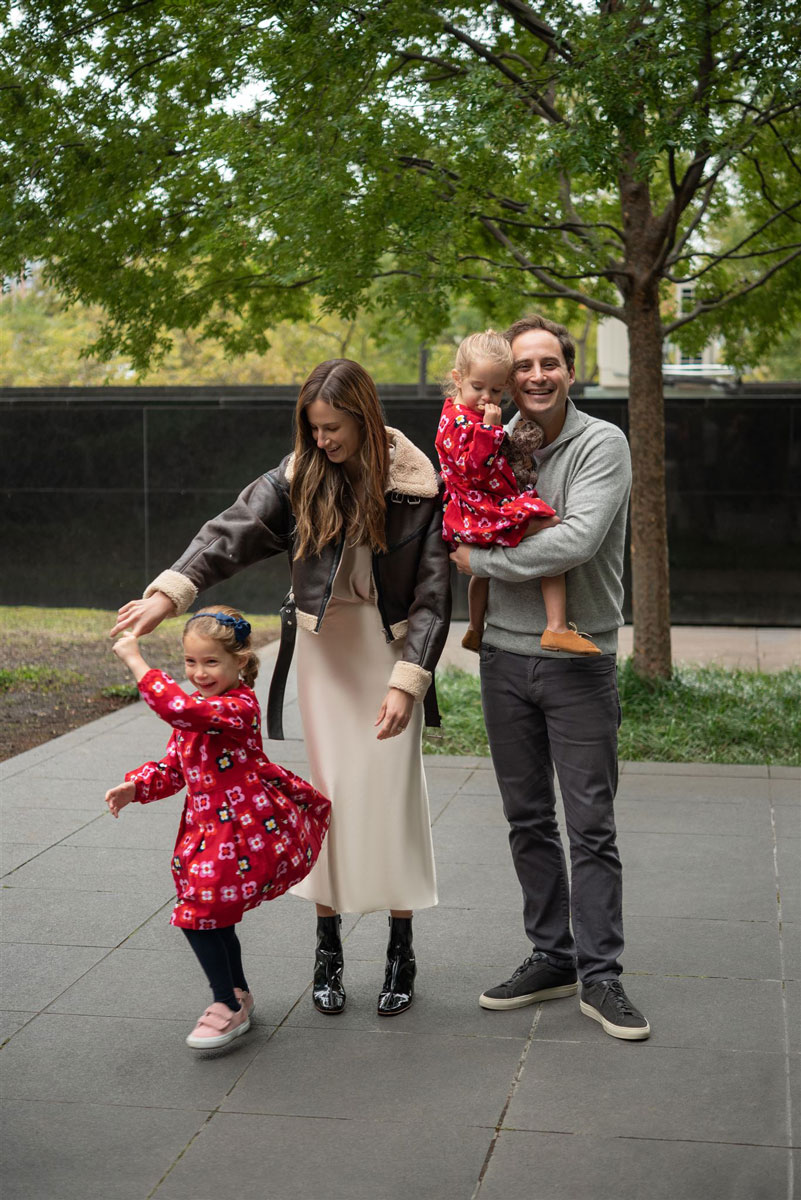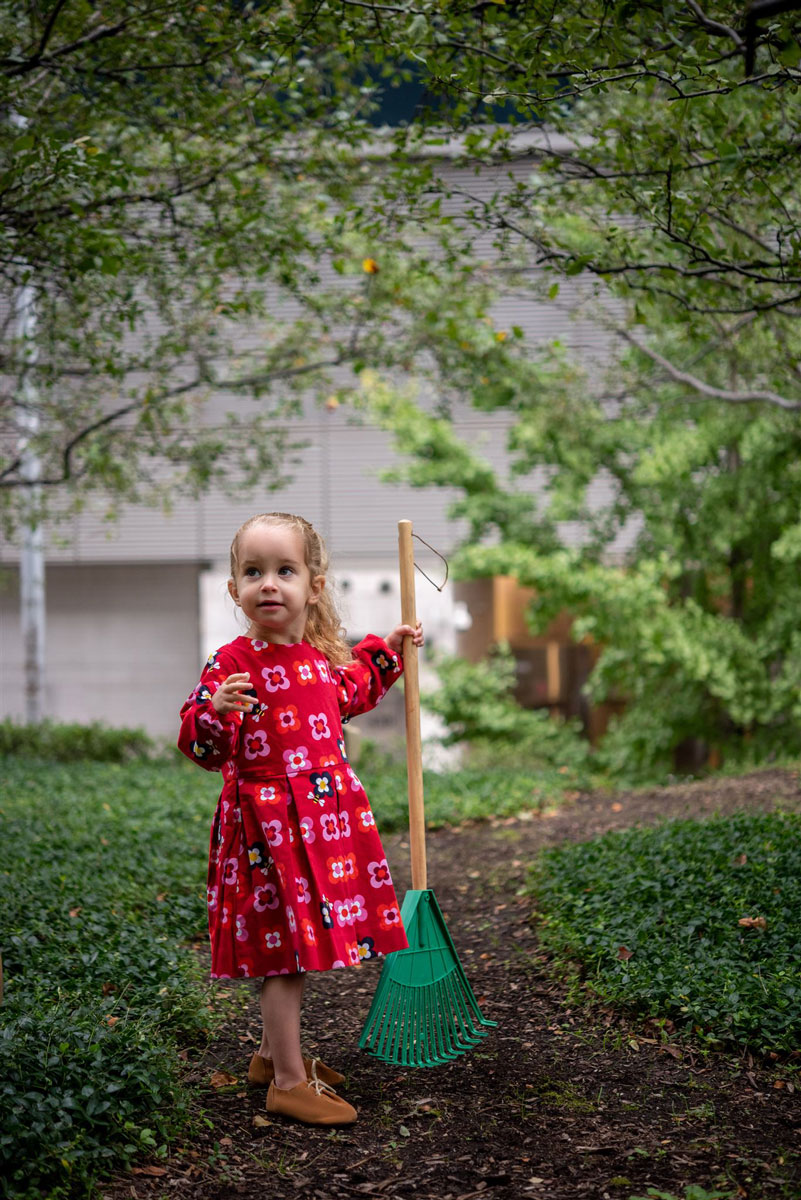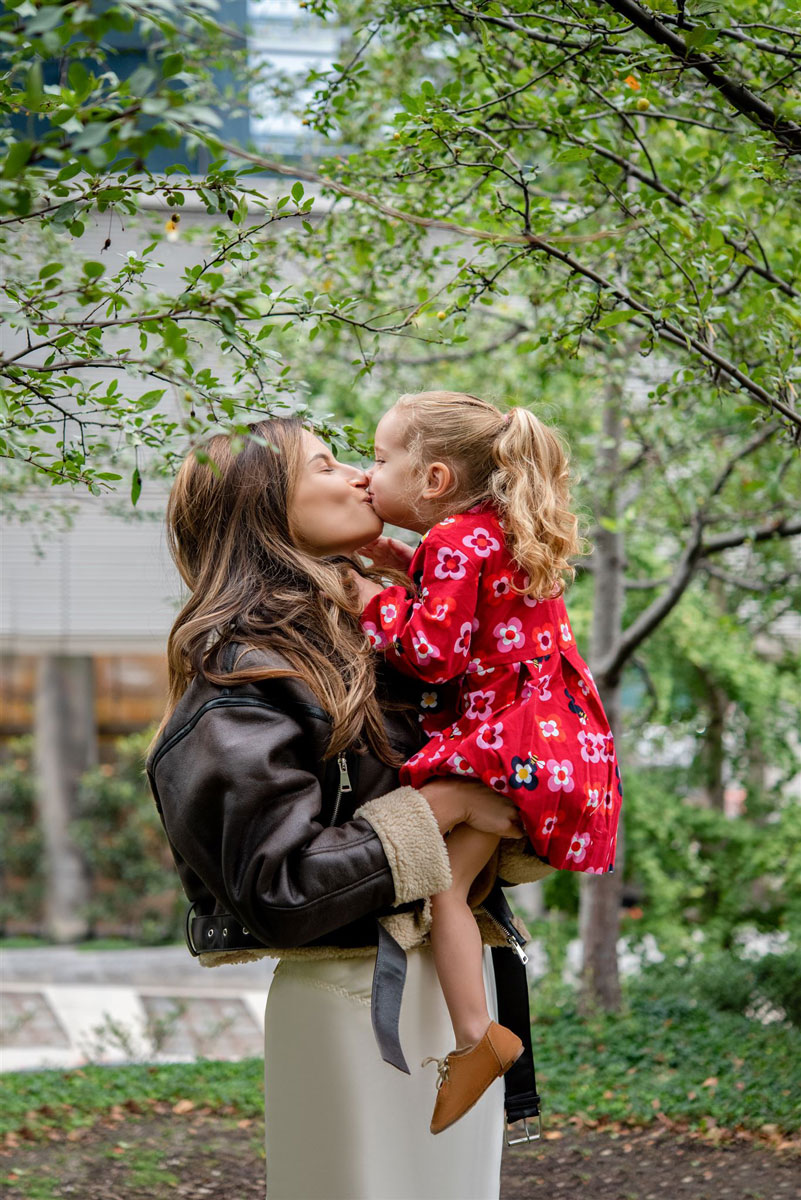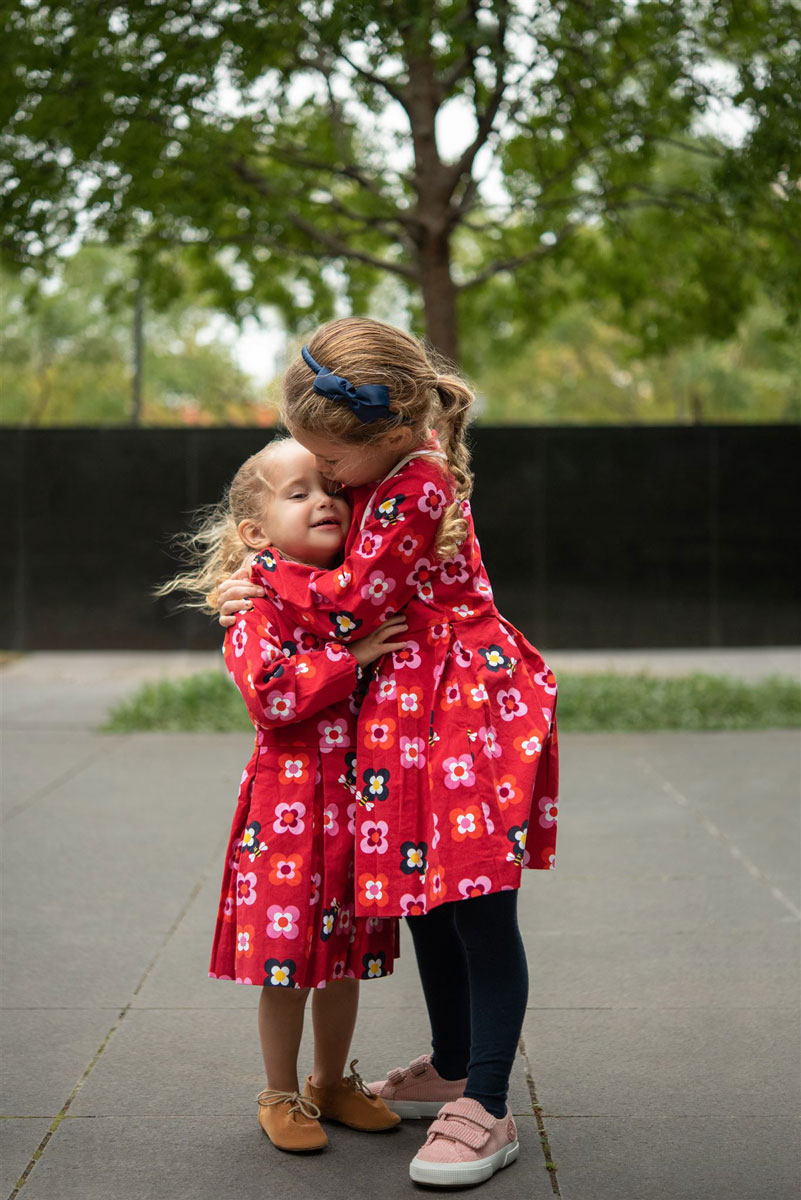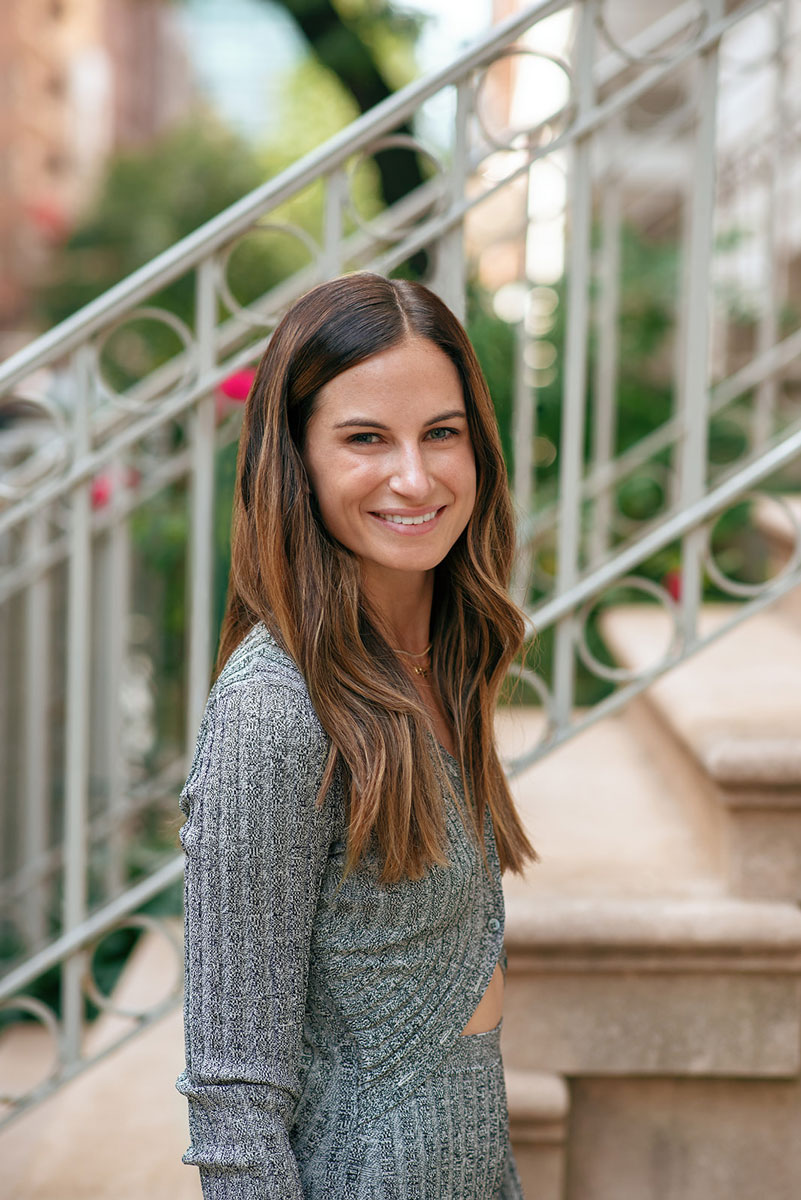(where you can actually connect with your kids!) by Jennie Monness
When it comes to photo shoots, it can feel very stressful to get the whole family ready and in the mood to smile for not just one photo, but many. So I put together some tips that I have used with Michelle Rose for a successful photo shoot. We hope these make you laugh but also help your children cooperate as you capture the perfect shots that you’ll have forever.
1. Talk about it
Let your child know that you’ll be taking photos and let them be part of the plan: “Where should we take these photos?” and… “Let’s find some places in our home that we’ll put a frame of some of them!”
2. Pick outfits together
Let your child pick out their outfits with you or, if that isn’t possible, prepare them for their outfits beforehand, let them try them on, move around in them and know what to expect before introducing a new article of clothing minutes before they’re expected to smile and be comfortable in them.
3. Get the energy out
While you’re getting ready (mom) have dad take them outside to run around a little so that you’re not chasing after them during the shoot if it’s outdoors, or dealing with antsy children if it’s indoors. They’ll be able to get out that energy before the shoot.
4. Bring props!
Let your children bring toys or props, you won’t necessarily use them in the photos but it will allow them to have something to do in between changes or to use to wave by the camera to get their attention.
5. Bring Treats!
This is truly the ONLY time I use treats as a reward, besides potty training kick off, and I still don’t love doing it. BUT the promise of a tv show, stickers, favorite snack or even a lollipop can go a long when you have a short amount of time to nail your family photos. We also talk about having a dance party as a celebration for the hard work of photos after we’re done.
6. Don’t smile
My kids can’t help but smile when I tell them not to!! It’s a great smile trick to try on your child. Practice before the shoot and see how they react by saying “don’t you dare smile!” as you have a big smile on your face. Michelle has a cute Monkey on her camera so talking up meeting the Monkey can help ease a child into the photo session.
7. Let them feel in control
The photo shoot is a very “out of control” process for them. We just expect and ask them to passively pose and smile with little to no say in what they want to do. I created a reel with some behind the scenes moments from our fall session with Michelle. Believe it or not, it didn’t go as smoothly as I had hoped for. While I so badly wanted to control Tess and her behavior, I knew that I needed to help her become a problem solver instead.
So my advice and takeaway from that shoot is this:
Try engaging with your child instead of yelling or getting frustrated. Saying something like, “Mommy has to be at this photoshoot, but she knows you don’t want to participate. Can we come up with a solution together?” That lets the child know that you aren’t trying to control them, but that you see them having a hard time and want to work together to be a problem solver. Some of these quiet moments also make for great photos!
Bio
Jennie Monnesss is a co-founder of Union Square Play, a parenting community and play space that helps make the early years of parenting a little bit easier, a lot more fun, and very communal. She also built a following on her personal Instagram account formerly Mo’ Mommies (@JennieMonness) documenting the joys and challenges of motherhood with guidance for parents, given through her experiences with her own daughters. Jennie is an early childhood educator for more than 13 years, uses her personal experience of motherhood to educate and empower new parents and to share the type of information that all parents need. Her methods center around respectful parenting, an approach that emphasizes empathy, autonomy, and communication starting at birth. Jennie’s approach to open-ended play materials and objects encourages kids to be engaged rather than entertained, creating their own “curriculum” and learning in the most natural, innate way.

